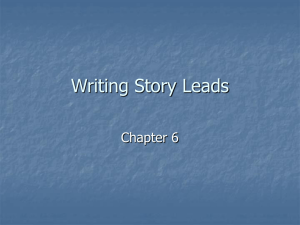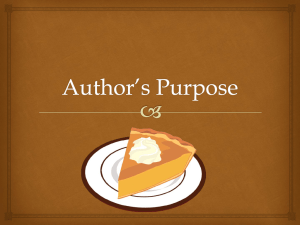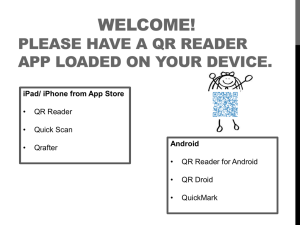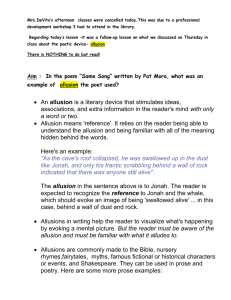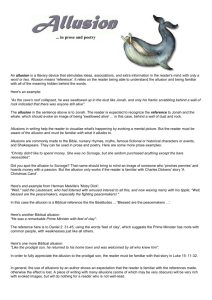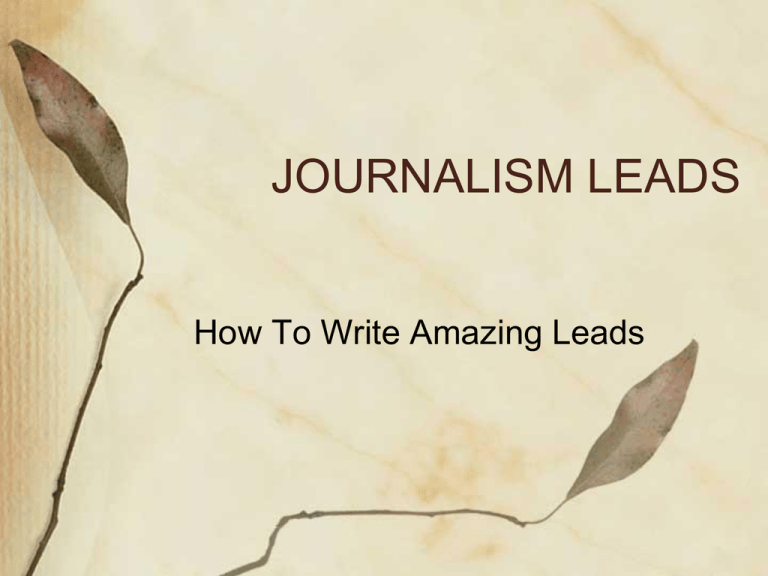
JOURNALISM LEADS
How To Write Amazing Leads
Their Purpose
A “lead” or “lede” grabs the reader’s
attention.
It is the most important part of an
article.
If it is not good, risk losing reader.
NEWS LEADS
Always the “what” of the article, but can
include the other 4 W’s and the H:
Who
Where
When
Why
How
The “What” Lead
The “What” of the article.
-Example:
“Troop levels in Iraq would
remain nearly the same through 2008
as they have been through most of
the war, senior officials said.”
The “Who” Lead
A person, place, or thing.
Helps if the “who” is well-known.
Example:
“Senator John McCain’s factfinding trip offered an opportunity to
signal his support of Israel to
Jewish and evangelical Christian
voters back home.”
The “Where” Lead
Use on rare occasions only when
place is most significant.
Example:
“South Africa is trying to balance
the liberty of patients with
tuberculosis against the need to
protect society.”
The “When” Lead
Use rarely, only when circumstances
make it interesting.
Example:
“When football coaches gather to talk
about the team these days, their
cocktail of choice may be Maalox.
They worry as they debate how to fire
up a team that hasn’t one a game in
three years.”
The “Why” Lead
Using the motive or cause for a lead.
Example:
“In an effort to teach Shakespeare to
sophomores, English teacher Gina
Hatley and science teacher Phil Barnes
reenacted the love scene between
Romeo and Juliet.”
The “How” Lead
Starts with the method by which
something is accomplished.
Example:
“By flunking every course, missing
62 days of classes, and assaulting
two teachers, Junior Sam Hunt
gravely endangered his eligibility
for high school basketball.”
FEATURE STORY LEADS
What is a Feature Lead?
More “poetic.” A natural extension of the
story.
Doesn’t have to be the “what,” but has to
entice reader.
Don’t follow as many rules as news stories.
Relevant, fits mood, and grabs attention
More types than news leads.
Feature Leads Include:
1. Allusion (Literary and Historical)
2. Contrast
3. Pun
4. Description (Sight, Person, &
Event)
5. Capsule (Punch Lead)
6. One Word
7. Miscellaneous Freak Leads
8. Parody Lead
9. Direct Address
10. Staccato
11. Anecdotal Lead
12. Sequence (Narrative)
13. Then and Now
14. Question
15. Quote
Allusion (Literary)
• Relates person/event to character/event
•
in literature.
Example:
– “To have been ordered into battle to attack a
group of windmills with horse and lance would
have seemed to Joe Robinson no more strange
an assignment than the one given to him
Thursday by Miss Vera Newton . . .”
Allusion to Don Quixote
Allusion (Historical)
Relates person/event to character/event
in history.
Example:
“Washington’s trip across the Delaware
was child’s play compared with Dave
Jason’s span of the Big Lick River.”
Contrast Lead
Compares extremes
Example:
“His wealth is estimated at $600 million. He
controls corporations operating in more
than 20 nations. Yet he carries his lunch to
work in a brown paper bag and wears the
latest fashions form Sears and Roebuck’s
bargain basement.”
Pun Lead
Uses a play on words to capture reader.
Example:
“Western High’s trash collectors have been
down in the dumps lately.”
Description Lead (Sight)
Detailed description of what is seen.
Example:
“The road to nsukka in eastern Nigeria is
rutted and crumpled, the aging asphalt torn
like ragged strips of tar paper.”
Description Lead (Person)
Detailed description of a person, usually
the main character of the story.
Example:
“The imam begins his trek before dawn, his
long robe billowing like a ghost through
empty streets.”
Description Lead (Event)
Detailed description of an event.
Example:
“The air inside the darkened gymnasium is
heavy with the heat of an uncommonly
prolonged North Carolina summer.”
Capsule (Punch) Lead
Blunt, explosive statement to
summarize article.
Example:
“The Beatles are back!”
One Word Lead
Blunt, explosive word to summarize
article.
Example:
“Awesome. That’s the best term to
describe the Rattler girls’ basketball team,
which notched its 15th consecutive win
Friday night.”
Miscellaneous Freak Leads
Begin with uncommon or odd
statement.
Example:
“‘For sale: one elephant.’ The City Park
Commission is thinking about inserting that
ad in the newspaper.”
Parody Lead
Copies well-known proverb, quotation,
or phrase.
Example:
“Whisky, whisky everywhere, but ‘nary a
drop to drink. Such was the case at the
City Police Station yesterday when officers
poured 100 gallons of bootleg moonshine
into the sewer.”
Direct Address Lead
Speaks directly to reader on appealing
subject.
Example:
“Do not expect any pity from the
weatherman today. He forecasts a
continuation of the butter Arctic cold wave
that has gripped the city for a week.”
Staccato Lead
Jerky, exciting phrases used if facts
justify it.
Example:
“Midnight on the bridge…a scream…a
shot…a splash…a second shot…a third
shot.”
Anecdotal Lead
Uses event to represent universal
experience.
Example:
“It was 1965 and the Dallas Cowboys were
making good use out of an end-around
play to Frank Clarke, averaging 17 yards
every time a young coach named Tom
Landry pulled it out of his expanding bag of
tricks.”
Sequence (Narrative) Lead
Puts reader in midst of action.
Example:
“On a frozen morning in hilly rural
Wisconsin, the dead deer lay stacked in a
pile, like so much garbage. Big and
brawny, these whitetail bucks and does
should be prizes. But the hunters who shot
them are afraid to take them home.”
Then and Now Lead
Shows progress over time.
Example:
“The Rio Grande once flowed through
there, a wide and robust river surging
between steep banks as it followed a
southward course hugging the state’s
curvy profile.”
Question Lead
Use when story has direct relevance to
reader.
“You think you have it bad? Consider
Ron Mullens. Once vice president of a
major real estate corporation, today his
is penniless.”
Quote Lead
Usually avoid them.
Quote should capture theme of story.
Example:
“‘People usually have two completely different
opinions of what my life must have been like
growing up,” said actress Joely Fisher, 28, a child
of the short, unhappy union between Connie
Stevens, the sex kitten of 1950’s TV, and Eddie
Fisher, the singer and former matinee idol.
GENERAL TIPS
1. Immediately grab reader’s attention.
2. Give reader hard facts so they will
continue reading.
3. Each paragraph built on previous
one.
4. Don’t write two leads, or be
repetitive.
5. Don’t write a “warm-up paragraph.”
Cut to the chase.
Do:
Be specific & concrete (especially
with descriptions).
Convey energy & action.
Don’t:
Use too much detail.
Use abstract/general language.
Be vague.





